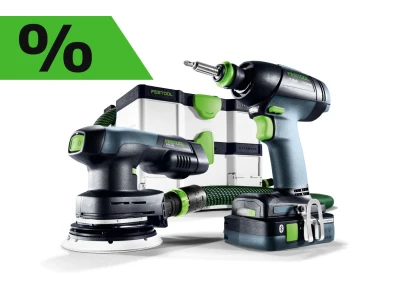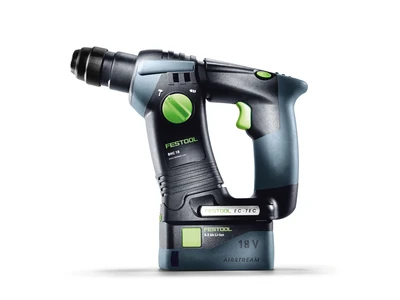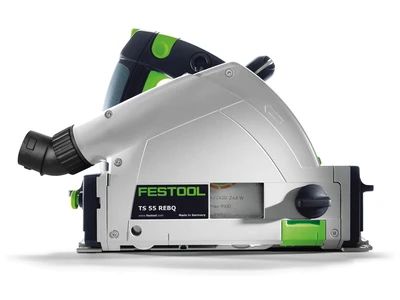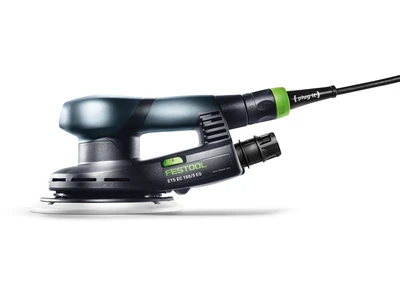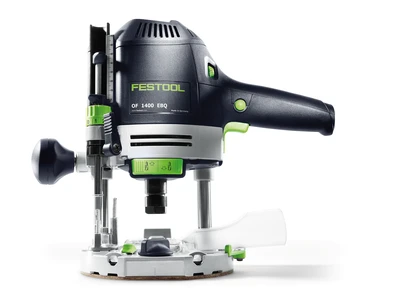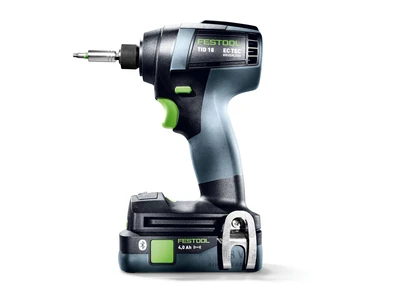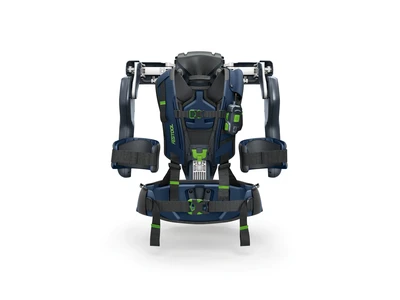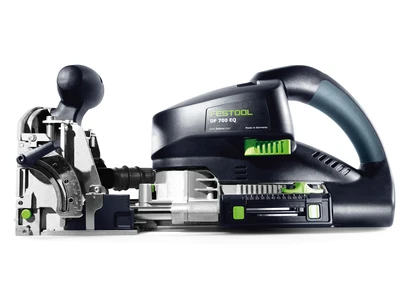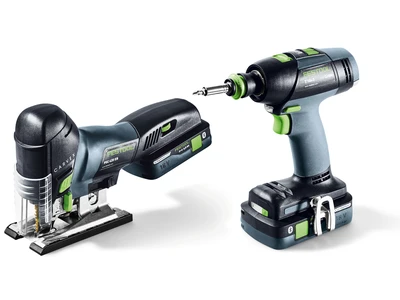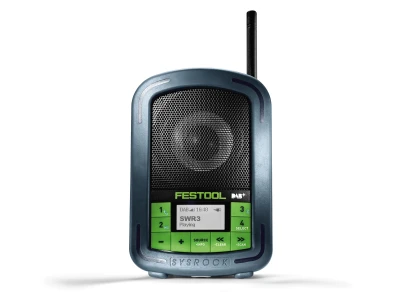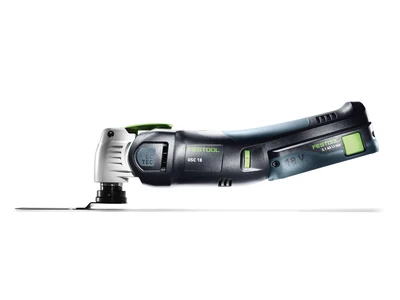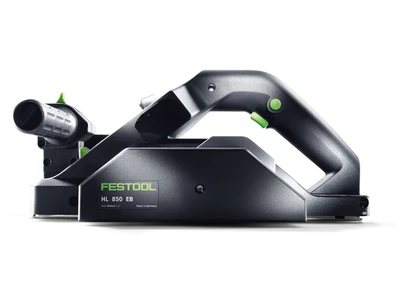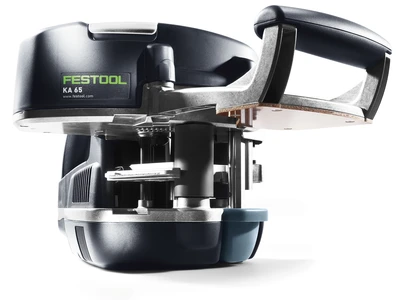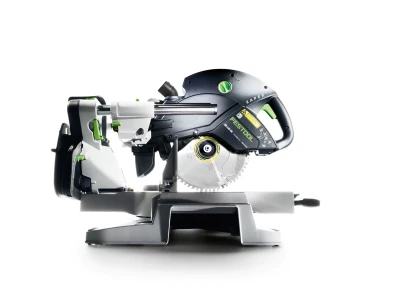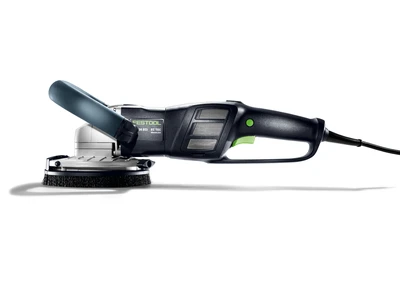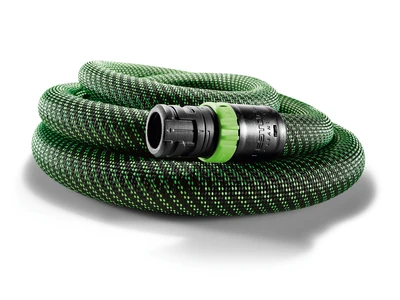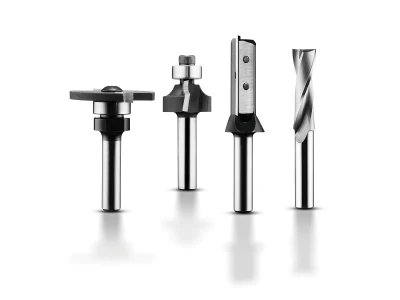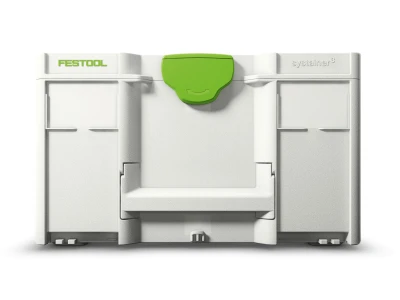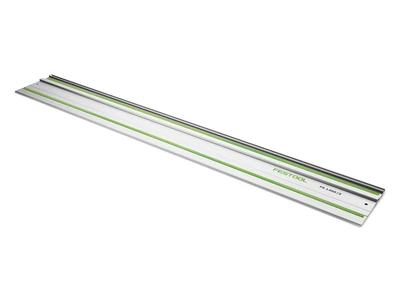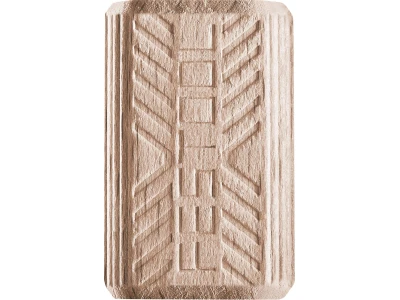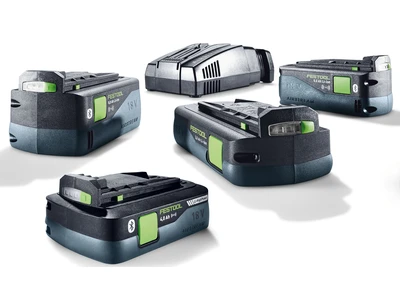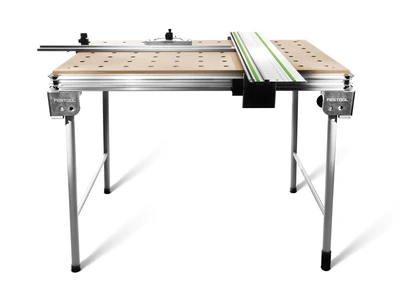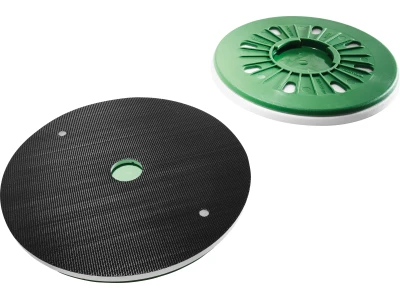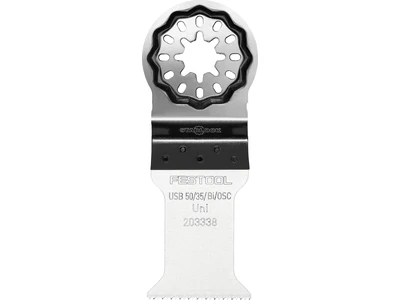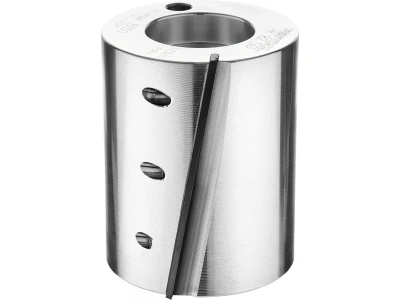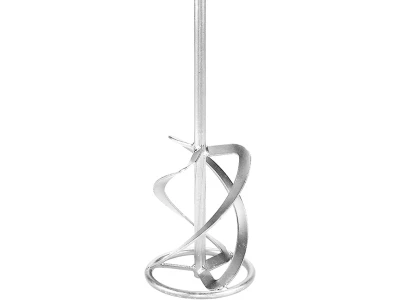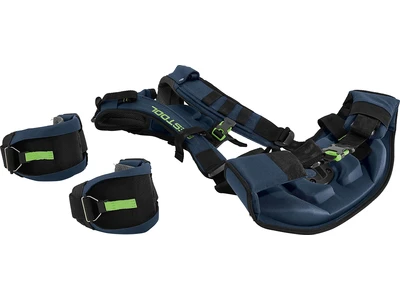Inspired by craftsmanship since 1925
People - Machines - Milestones.

Our story is a family and company story, full of energy and inventiveness. It is a success story that would not have been possible without our great passion for craftsmanship. Making your daily work easier, more productive and safer with our tools: That has been our aspiration from the year that we were founded in 1925 until today. And it also shows us the way forward.
1925

The 1920s are politically unstable and economically a rollercoaster ride. In 1923, one kilo of bread costs 200 billion marks in Berlin. Until the end of 1924, people were still paying with 100 trillion mark banknotes, which were basically worthless.
Not exactly the most favorable time to start a company.
1938
A new location,
in order to grow.

Festo's product range grows. Demand is increasing. In
1951
When craftsmen
believe in “saw witches.”



When it comes to saws, no one can beat Festool, formerly known as Festo. The circular saws now have cutting depth and miter angle settings and the first saw table stop. The machines became more compact and easier to handle. With the legendary AAU 50 “saw witch,” carpenters can also work precisely and safely on the roof. Its successor, the AU 65, also proves to be almost indispensable for joiners and carpenters during the reconstruction years.

More modern and mobile:
The changing trade.
%HEADLINE%
%SUBLINE%
The family business celebrates its 50th birthday. The construction boom of the economic miracle years is coming to an end. But things are changing. The needs of “modern craftsmen” are changing: Stationary machines are increasingly considered heavy and expensive. They are replaced by innovative power tools that make work much easier, especially on the construction site.
The company decides to abandon the stationary machine market in order to concentrate on the development and construction of handheld power tools.

Innovative technology.
Unmistakable design.
%HEADLINE%
%SUBLINE%
Festo and later Festool tools are regarded by professionals as particularly innovative, technically brilliant and user-friendly. Countless patents in the four-digit range contribute significantly to this. From the end of the 1970s onwards, this good reputation was given an unmistakable product design: The colors Mauritius blue and Festo(ol) green are instantly recognizable. And to this day, they are far more than just a trademark.

The heart beats faster
in Neidlingen.
%HEADLINE%
%SUBLINE%
The entrepreneurial success of the Swabian tool manufacturer is primarily based on its pioneering products. With the expansion of the Neidlingen plant in 1986, production is also modernized. In 2002, the plant in Neidlingen received an award for “Outstanding Production Processes” and in 2005 for the “Best Assembly System.” This was followed in 2008 by the highest award of “Factory of the Year.”
2000
Festool reinvents itself
and remains true to itself.

In 2000, Festool GmbH is spun off and finds a new home in Wendlingen - almost exactly between
The legacy: A down-to-earth attitude and absolute quality awareness - namely “Made in Germany.” The drive: Developing innovative tools and systems - together with and for the customers. The products: Innovative and user-oriented, robust and extremely durable.

From Schwabia
into the world.
%HEADLINE%
%SUBLINE%
From now on, the heart of Festool beats in Wendlingen. This is where research and development is carried out, the quality of the products is assured and continuously monitored. Purchasing and marketing as well as service and sales are based here. Precision tools are manufactured to the highest standards in Neidlingen. The same quality standards apply at the Czech plant in Česká Lípa. Production of dust extractors is running at full speed at the Illertissen plant. In 2021, the new plant in Weilheim/Teck will go into operation, which stands for future-oriented and sustainable production like no other. The products are sold in over 50 countries worldwide.
Sanders designed for large surfaces.
For walls and ceilings.



Discover all of the current drywall sanders now.
Festool launches the LHS 225 drywall sander in 2009. A groundbreaking new feature is the adjustable vacuum suction, which significantly relieves the strain on the arms and back during sanding work. The drywall sander can also be extended or shortened in just a few simple steps. Festool takes the next technological leap in 2020: The advanced
2014
Specialists for
perfectionists.

In 2014, Festool launches the CONTURO KA 65 edge bander on the market. It is the specialist for furniture edges that deserves a rating of “perfect.” Festool has developed a unique glue application system that can be used to perfectly glue the edges of a wide variety of materials made of wood, plastic or melamine. What stands out in particular: The CONTURO is mobile and can be used anywhere. It even masters angled, round and curved edges with a quality that leaves even stationary machines in the shade.
CONTURO KA 65-Plus Edge Bander
The craft
digitally expanded.


In 2017, Festool opens up a whole new field with the Work App: Tools can now be controlled digitally. And with software updates, the app even brings older tools up to date. From 2025, all functions will be provided via an app that trade people will always have with them - as naturally as a tape measure.

Service? All inclusive!
Quality workmanship with added value.
%HEADLINE%
%SUBLINE%
Festool has never compromised on quality and durability. That's why service and support have always been our top priority. In 2013, Festool was the first and only provider in the industry to introduce a free, three-year warranty package that also includes all wear parts and theft protection. Regardless of whether a machine has fallen from a high scaffold or a "historic" Festool tool needs a little more attention - in any case, the following applies: We developed the tool. We produced it. We know best how to repair it. You can rely on Festool service. For the life of the tool. And that can be a really long time.
The future of craftsmanship.
Festool for superheroes.



In 2023, Festool introduces the active ExoActive exoskeleton with 18 volt battery power. Not only does it look "science fiction," it actually gives the superheroes on the jobsite an extra dose of strength. Whether it's drywalling or painting, sanding or assembling, on walls or ceilings - the ExoActive actively lends a helping hand. The effect: Less physical strain when working overhead. Sounds like a thing of the future? Sure. But it already exists today. From Festool. For superheroes.
The EXO 18 exoskeleton

The future of Festool.
Ready for sustainable growth.
%HEADLINE%
%SUBLINE%
Sustainability is a future issue, that presents the present time with special tasks and challenges. It is not just about ecological aspects, but also about healthy economic management and socially responsible action. The new Festool plant in Weilheim stands for all of this: It is a commitment to the region in which the company has been firmly rooted for 100 years. It is designed to manufacture our products for the highest demands in an energy-efficient and resource-saving manner. Even 100 years after the company was founded, Festool still has its sights firmly set on the future.

